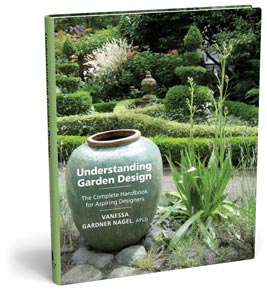The New American Landscape - Leading Voices on the Future of Sustainable Gardening

Thomas Christoper edited an enlightening book filled with New Year's Resolutions for gardeners. "The New American Landscape: Leading Voices on the Future of Sustainable Gardening" is a new release from Timber Press - just in time to help us plan next year's garden with the world in mind, not just our own landscapes. The authors: John Greenlee and Neil Diboll on the new American meadow garden. Rick Darke on balancing natives and exotics in the garden. Doug Tallamy on landscapes that welcome wildlife. Eric Toensmeier on the sustainable edible garden. David Wolfe on gardening sustainably with a changing climate. Christopher opens the introduction with the observation that gardeners' intention is to enrich the earth. but we tend to nurture that desire by the use of fossil fuels. We tend lawns and nurse plants from outside our planting zone, neglecting the plants from our own area. Sustainability "is to meet the present needs without compromisin...











